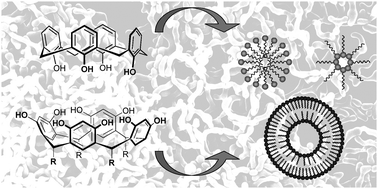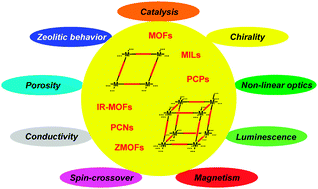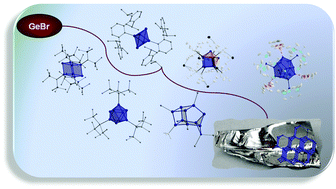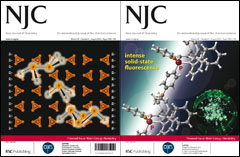NJC Perspective article hot of the press – read it now!
Self-assembly of amphiphilic calixarenes and resorcinarenes in water, Kaisa Helttunen and Patrick Shahgaldian, New J. Chem., 2010, DOI:10.1039/C0NJ00123F
Kaisa Helttunen (University of Jyväskylä) and Patrick Shahgaldian (University of Applied Science Northwestern Switzerland) present the developments of the chemistry of amphiphilic calixarenes and resorcinarenes with a clear focus on the synthetic paths used for their production and their self-assembly properties in water.














